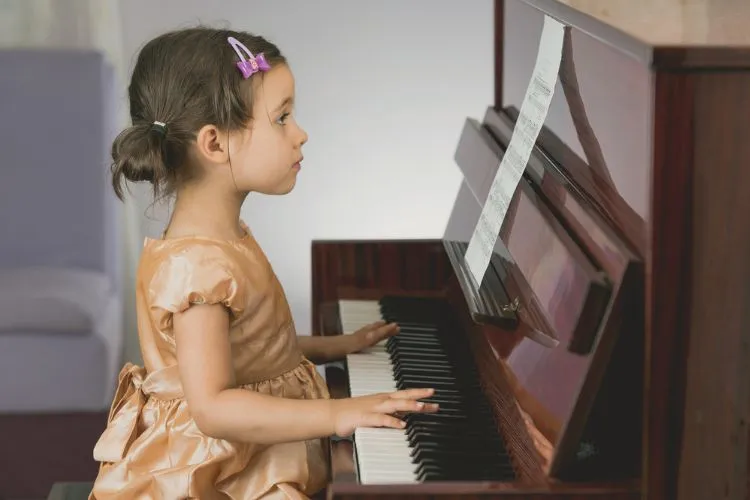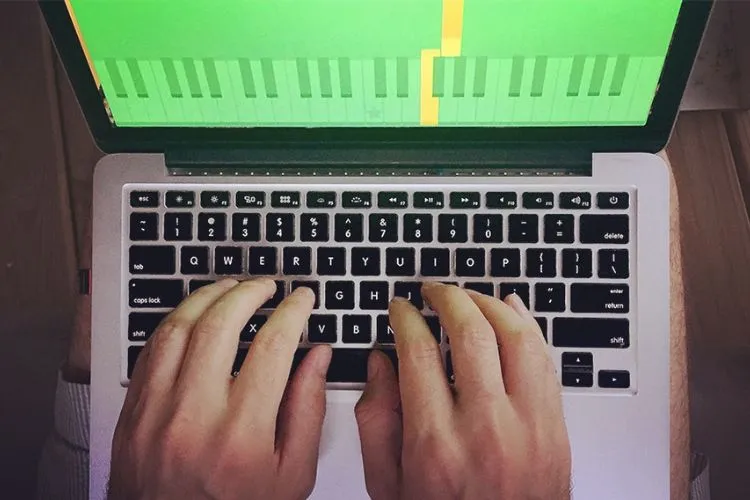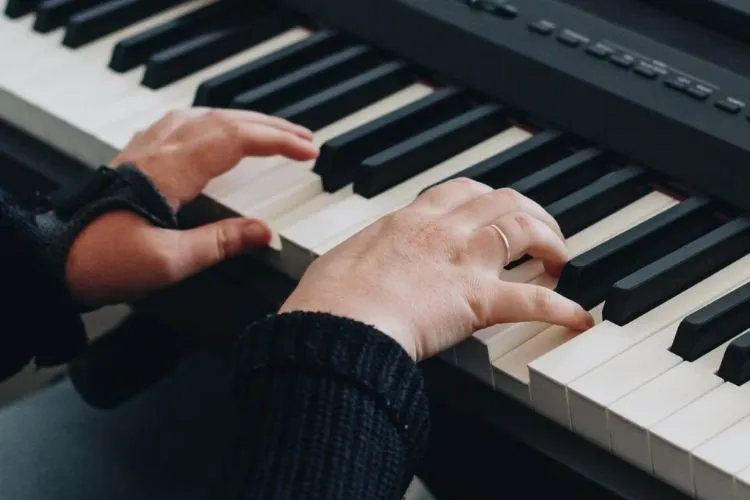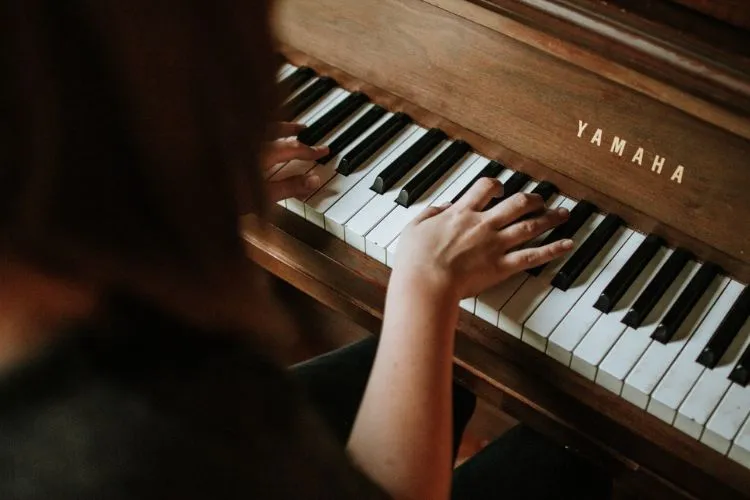Becoming proficient at the piano is a journey filled with nuances, challenges, and rewards.
Despite the common obstacle of not having access to a physical piano, your path to mastery doesn’t need to halt. So, how to practice piano without a piano?
This article explores innovative, practical ways to continue honing your skills, ensuring your musical journey thrives, regardless of your circumstances.

Contents
- 1 🎶How To Practice Piano Without A Piano?
- 2 🎶Virtual Instruments and Apps
- 3 🎶Tactile Exercises and Finger Strengthening
- 4 🎶Listening and Analytical Practice
- 5 🎶Reading and Sight-Reading Practice
- 6 🎶Creative Visualization and Mental Practice
- 7 🎶Alternative Instruments and Tools
- 8 🎶frequently asked question (FAQs)
🎶How To Practice Piano Without A Piano?
Before delving into the various methods of piano practice without the instrument itself, it’s vital to revisit the foundational elements crucial for such an unconventional practice approach.
Familiarity with basic piano theory, finger numbering, scales, and chords lays the groundwork for most practice techniques away from the keyboard.
The understanding that musical practice extends beyond physical interaction with an instrument is pivotal.
Mental practice, a technique often underestimated, involves visualizing playing the piano, engaging the mind in reading music, and hearing the notes internally, proving to be a powerful tool in a musician’s arsenal.
🎶Virtual Instruments and Apps
In today’s digital age, a multitude of applications and software aim to simulate the piano experience. From basic virtual keyboards to comprehensive programs that offer lessons, feedback, and the ability to compose, the digital realm is rich with resources.

Engaging with these tools involves more than casual interaction. To effectively utilize virtual instruments, set specific goals for each session, whether that’s perfecting a particular scale or mastering a new piece.
The key is consistency and purposeful practice, taking advantage of the digital feedback mechanisms many of these applications provide.
🎶Tactile Exercises and Finger Strengthening
The physical aspect of piano playing — the tactile sensation and muscle memory development — is undeniably crucial. Fortunately, several exercises exist that focus on finger strength and dexterity without needing a piano.
Pressing down firmly on flat surfaces, mimicking key strikes, or utilizing stress balls and grip strengtheners can maintain muscle engagement necessary for playing.
Additionally, practicing finger independence exercises, where each finger is lifted and pressed down in sequence, can simulate the disciplined movement required to strike keys effectively.
🎶Listening and Analytical Practice
Active listening to piano compositions can immensely enhance one’s musicality and understanding. This involves more than passive enjoyment; it’s about dissecting pieces, identifying patterns, and understanding the emotional undercurrents that the compositions convey.

By critically analyzing performances, learners can gain insights into timing, dynamics, and phrasing style. Establishing a routine of listening to a wide range of piano music, from classical to contemporary, widens the learner’s musical perspective and enriches their interpretative skills.
🎶Reading and Sight-Reading Practice
The ability to read and interpret sheet music rapidly is invaluable for any pianist. Without a piano, focusing on reading music becomes an opportunity to improve sight-reading skills.
This includes identifying key signatures, time signatures, and understanding the theoretical foundations that guide music composition.
To practice, one can use music reading apps, online resources, or traditional sheet music, setting a daily goal to analyze and read through new pieces, gradually increasing complexity as proficiency improves.
🎶Creative Visualization and Mental Practice
Perhaps one of the most intriguing methods of practicing without a piano is through creative visualization and mental practice.
This technique involves imagining oneself playing the piano, visualizing the movement of the fingers across the keys, and hearing the music in one’s mind.

Research has shown that mental practice can significantly contribute to the improvement of musical skills, as it engages the same cognitive processes involved in actual playing.
Musicians often report that combining mental practice with physical practice leads to more nuanced performances and a deeper connection with their music.
🎶Alternative Instruments and Tools
Exploring other musical instruments can also be beneficial. Keyboard-based instruments like synthesizers or MIDI controllers, although not identical, offer a similar tactile experience and can reinforce the skills applicable to piano playing.
Understanding and creating music through software, like digital audio workstations (DAWs), can also provide a broader comprehension of music theory, composition, and sound design, all of which are valuable skills for a pianist.
You may also find useful: Does Being Left Handed Hinder Piano Playing? | Top 10 Exercises to Improve Piano Technique
🎶frequently asked question (FAQs)
Yes, through alternative practice methods like digital applications, listening exercises, and mental practice, individuals can continue to advance their understanding and execution of music theory and piano technique.
Several apps are highly rated by musicians, including Simply Piano, flowkey, and Yousician. These apps offer a range of functionalities from basic key recognition to full lessons and performance feedback.
Consistency is key in any practice regime. Aiming for daily practice, even in short sessions, can yield significant improvements over time, nurturing a deeper musical comprehension and technical agility.
Yes, exercises such as pressing and lifting fingers against flat surfaces, using grip strengtheners, and practicing finger independence movements help maintain and improve finger strength and dexterity essential for piano playing.
Conclusion:
The journey of mastering the piano is unique for each individual, and the absence of a physical instrument should not deter one’s progress.
The strategies outlined offer a multifaceted approach to practice, leveraging technology, physical exercises, active listening, and the power of the mind.
Every challenge presents an opportunity for growth, and by adapting and utilizing these methods, learners can continue to advance their skills, ready to translate their efforts onto the ivory keys when the opportunity arises.
